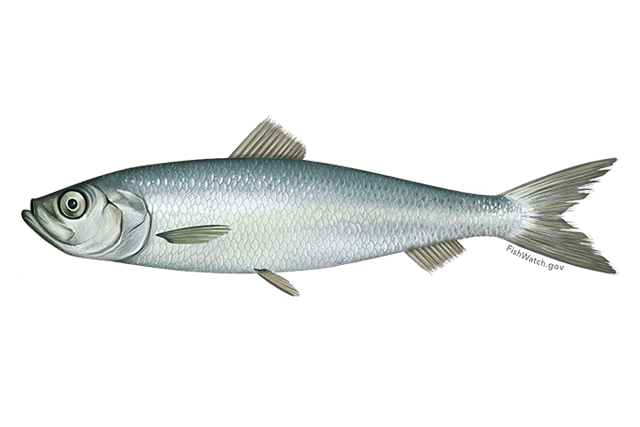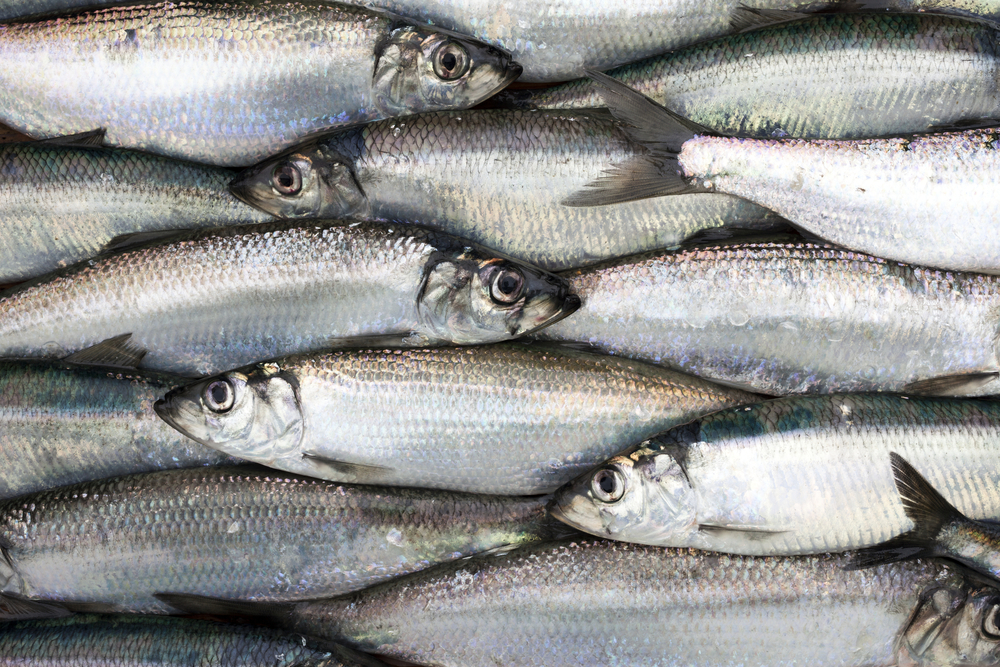

Common names for Halibut
Pacific halibut, northern halibut, Alaska halibut
Other languages for Halibut
- French name: Flétan du Pacifique
- Italian name: Halibut
- German name: Heilbutt
Introduction to Halibut
The Pacific halibut’s greatest distinctive feature is its size. Halibut, the largest flatfish, can grow to be up to 8 feet long and 4 feet wide and weigh over 600 pounds. While these fish are enormous, it’s simple to understand why fisherman refer to them as “whales” or “barn doors.” Market sizes range from ten to two hundred pounds. Pacific halibut are found throughout the Pacific Coast, from northern California to the Bering Sea, and farther west to Russia and the Sea of Japan. Longlines are used to catch halibut mainly in Alaska and British Columbia. The fishing season is extended by many months due to a quota system, ensuring that fresh halibut is accessible almost all year. However, it is rare during the first three months of winter. That is when you may wish to recall the advise given to single ladies preparing meals in an 1866 Atlantic Monthly article: “Do not purchase quails, since they are all gizzard and feather; and do not get halibut until you have asked about the price.”
Product profile for Halibut
When frozen, halibut retains a lot of moisture and maintains its texture when cooked. It’s a lean fish with fine-grained, thick flesh that dries up if overdone. Halibut meat should be virtually transparent when raw, not dingy, yellowish, or dried out. The snow-white flesh loses its shiny look when cooked, becoming flaky and tender while remaining solid. It’s well-knit, and the bones are readily seen. The texture of meat from bigger fish may be slightly rougher.
Cooking tips for Halibut
Halibut is a highly adaptable fish, with thick, meaty flesh that stands up to a variety of cooking ways and sauces. It’s perfect for kebabs when skewered. Halibut is baked with sour cream in a Canadian dish. Place the fish in a shallow baking dish that has been oiled. Season with salt, pepper, and tarragon, then top with butter and sliced shallots. Cover with sour cream and bake until fish flakes easily when checked with a fork at 375°F. Garnish with parsley or chives before serving, or sprinkle with paprika.
Nutrition facts for Halibut
Calories: 110 Fat Calories: 20.7 Total Fat: 2.3 Saturated Fat: .3 Cholesterol: 32 Sodium: 54 mg Protein: 20.8 g Omega 3: 0.5 g
Primary product forms for Halibut
Fresh: H&G, Fillets, Loins, Steaks, Fletches, Roasts Frozen: H&G, Fillets, Loins, Steaks, Fletches, Roasts
Global supply for Halibut
Canada, Russia, United States, Iran